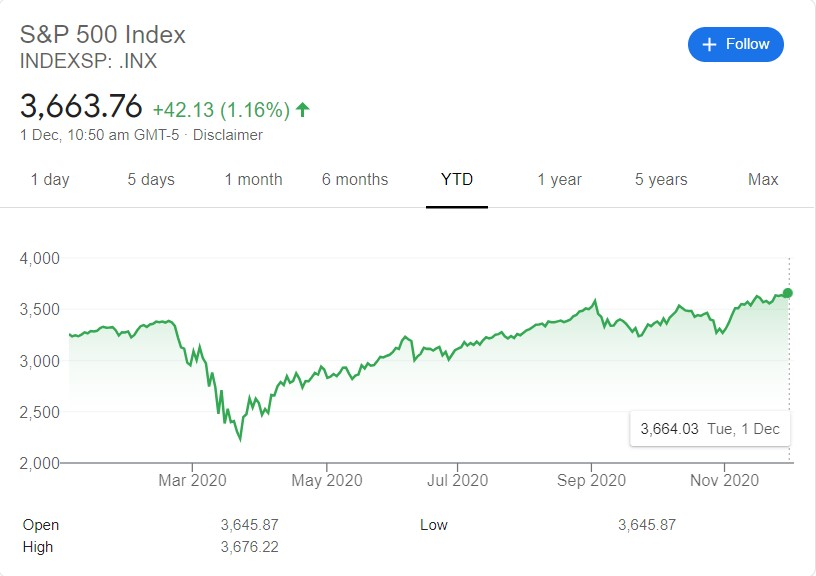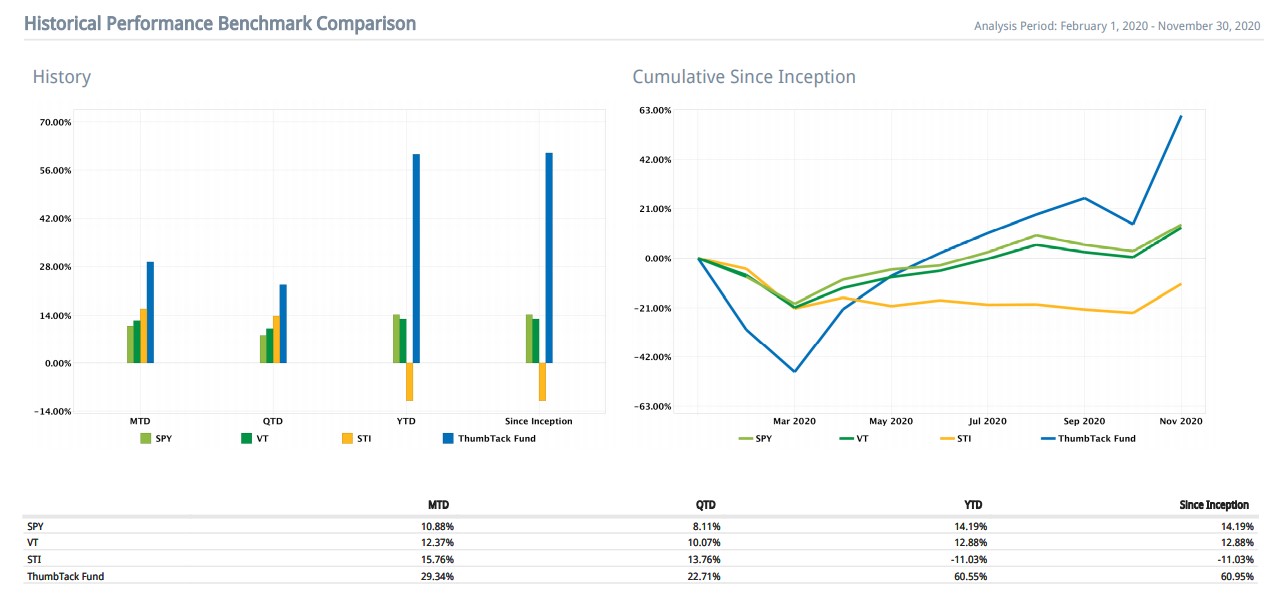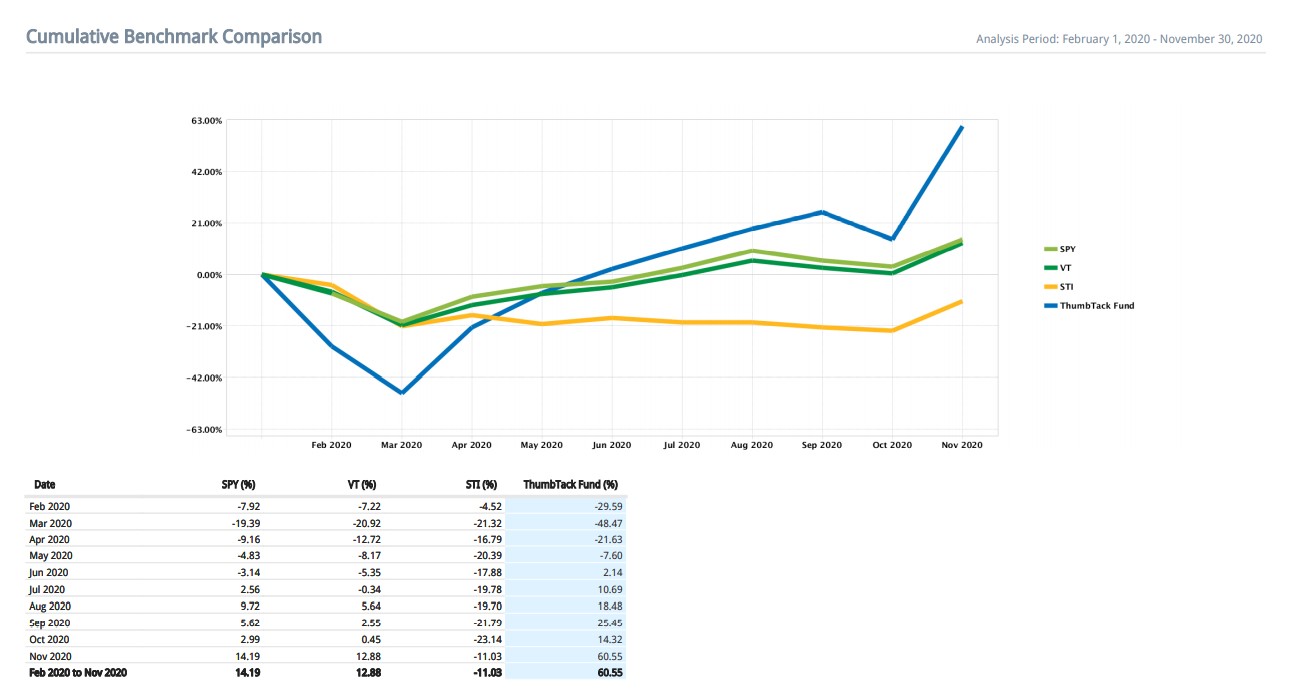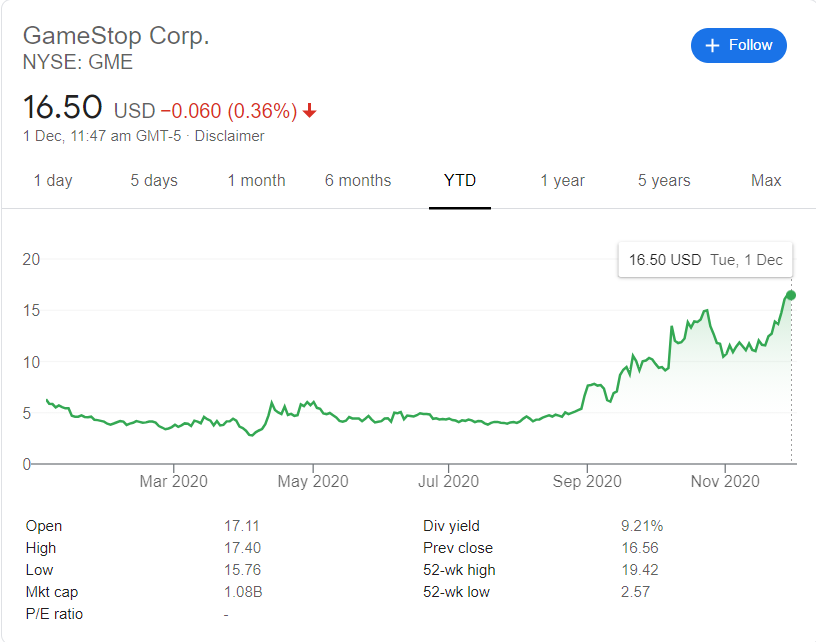1 of the perks I get to enjoy is that on occasion, I get emails from readers all over the world who want to share ideas, discuss philosophy, seek solace, or even tell me stories.
I try to reply everything.
Today, I’m sharing 1 such investing thesis brought to me by a reader. He’s interested to get this posted, but prefers to remain anonymous. So here goes:
Ticker: CHMA
Price: $4.41
FD shares outstanding: 74.6 million
Market cap: $255 million
Cash: $156.8 million
Debt: $66.1 million
Enterprise value: $164.3 million
Chiasma Pharmaceuticals is a small biotech company that has pioneered a novel drug delivery technology they refer to as “Transient Permeability Enhancer” or TPE, which allows for oral delivery of drugs that traditionally had to be given via intramuscular injection due to poor bioavailability. Earlier this year, the FDA approved Chiasma’s first drug candidate, Mycapssa, validating the technology and launching them into the commercial stage. The company’s stock price is currently reflecting an unwarranted amount of skepticism surrounding the company’s decision to “go it alone” with Mycapssa’s commercial launch. In the paragraphs that follow, I will explain why the market’s discount is wholly unwarranted, and why I believe the stock will be trading north of $10 in the next 12-24 months.
What is Mycapssa and what does it treat?
Mycapssa is an oral formulation of an off-patent drug called Octreotide, which is used to treat carcinoid tumors and a rare disease called acromegaly by reducing the amount of growth hormone in the body. Chiasma’s clinical trials and FDA approval are specifically for acromegaly, and so that is the focus of my investment thesis, but it is feasible that Mycapssa could be used off-label to treat carcinoid tumors as well.
Acromegaly is a rare condition where a benign tumor in the pituitary gland causes the body to produce too much growth hormone. Gradually, over the course of many years, this leads to excessive growth in the hands, feet, and face as well as joint pain, headaches and fatigue. Besides the visible changes, acromegaly also causes inflammation of internal soft tissues, damaging the respiratory and cardiac systems. Early diagnosis and treatment is critical because, if left untreated, the condition is linked to increased morbidity and premature death.
The current standard of care
The current standard of care is immediate surgery to remove the tumor, however in many cases, not all of the tumor can be removed safely (given the sensitive location of the pituitary gland near the brain), meaning many acromegaly patients will continue to have elevated levels of growth hormone even after surgery. These patients will have to endure monthly (sometimes weekly) intramuscular injections of drugs for the rest of their lives to maintain normal growth hormone levels. The most common of these drugs is Octreotide, which was developed and sold by Novartis under the trade name Sandostatin.
Why the current standard of care is suboptimal
The nature of the current treatment requires the use of a large needle that delivers a significant amount of drug (the injection lasts 30 seconds) deep into the muscle (usually into the buttocks), resulting in notable and lasting pain for many patients. In one study, roughly half of acromegaly patients receiving regular injections indicated they have pain lasting for several days, as well as bruising and hardened nodules at the injection site. For many patients, this painful injection is a dreaded monthly reminder of the control this condition imposes over their life. Not to mention the inconvenience of a monthly visit to the clinic (16% of patients report missing ~11 days of work/year for their injections).
To add to the burden of this painful treatment, only a minority of patients receiving injections (29%) reported that their symptoms were “well-controlled”; 48% indicated their symptoms were only “partially-controlled” and 22% said they were “not controlled”. A common observation in these acromegaly patients is that their symptoms become more pronounced and frequent towards the end of their monthly injection cycle as the drug’s effect wears off.
Enter Mycapssa
The reason Octreotide needs to be delivered as an intramuscular injection is because the drug has poor bioavailability in the intestine, meaning most of it does not get absorbed into the bloodstream. Chiasma’s TPE platform is novel in that the pill’s coating protects the drug from being broken down in the stomach, and then once it reaches the intestine the pill releases a unique formulation that causes the cellular joints that line the intestinal wall to relax and loosen up, allowing more of the drug to pass through into the bloodstream.
Mycapssa is a twice daily pill that needs to be taken on an empty stomach to maximize efficacy (one hour prior to or two hours after a meal). In the placebo-controlled pivotal phase 3 trial that led to the drug’s FDA approval in June 2020, 90% of participants on the Mycapssa arm chose to continue taking Mycapssa (instead of reverting back to the injectable form) once the study ended. This is another validation that there is a strong demand among acromegaly patients for a painless oral treatment option.
Sizing up Mycapssa’s market opportunity
In the US alone, there are roughly 8,000 acromegaly patients currently receiving monthly injections. Chiasma’s clinical trial data indicate that Mycapssa would be effective in roughly 60% of these patients (it doesn’t work for everyone, but neither do the current injections), giving Mycapssa a target market of 4,800 patients in the US alone. And if we assume that 90% of these patients would prefer Mycapssa over the injectable when given the choice (per their clinical trial data) we arrive at roughly 4,300 patients. Chiasma indicated the price for a year’s supply of Mycapssa will start at $67k/year for a 40mg dose (some patients will require higher doses, which are priced linearly), which is in line with the price of Novartis’ Sandostatin. This yields annual Mycapssa sales of ~$288 million.
This is just accounting for sales in the US, where Mycapssa is currently approved and being sold. It’s important to note that the company recently announced positive results of a separate pivotal trial for Mycapssa in the treatment of acromegaly in the EU, where the prevalence and market opportunity are similar in size to the US. The company is planning to use these results to file for approval for Mycapssa in Europe in mid-2021, expecting it to hit the market there in 2022. So if we include the opportunity in Europe as well, we can reasonably expect peak Mycapssa sales to approach $600 million over the next few years.
Applying a price to peak sales multiple of three gives the stock a $15 price tag for the US sales alone. Including the Europe opportunity as well roughly doubles that target to $30. This excludes any value from potential additional indications for Mycapssa (i.e. carcinoid tumors) or other injectable-only drugs that might benefit from Chiasma’s TPE platform, which importantly has now been validated.
As further validation of the market opportunity at hand, Novartis raked in ~$2.5billion in global sales of its Sandostatin injectable last year, ~$800 million of which was from acromegaly patients. Novartis also recognizes the immediate competitive advantage an oral treatment would have and the resulting market share it would steal. This explains why, in 2015, they invested in and partnered with Rani Therapeutics, providing funding for them to create an oral Octreotide treatment (the Ranipill), which successfully completed a phase one trial in January 2020. It’s up to Novartis whether or not they want to continue to fund its development, and interestingly enough, almost a year has passed now with no news or updates on this collaboration. One might argue Novartis is debating whether or not to scoop up FDA-approved Mycapssa at a very reasonable price instead of throwing more money and years of clinical development at the Ranipill.
The biggest risks
As with any small biotech company that attempts their own commercial launch, there is the risk of poor execution, however in the case of Mycapssa I think this risk is low. Being an orphan disease with most patients treated by fewer than 1,000 physicians in the US, the scope of the market is within reach of a relatively small sales team. And being the only approved oral treatment for acromegaly gives Mycapssa an inherent advantage over the needle-based competition.
The biggest risk is that one or more competing oral treatments will likely enter the market down the road, although this is not expected to happen before 2023. Crinetics Pharmaceuticals is one such company that just successfully put an oral acromegaly treatment through a phase two study in the US. If and when this is approved (again, not expected before 2023), it will be competing directly with Mycapssa for market share, but I believe Mycapssa’s first mover advantage and three-year head start will enable it to become entrenched in the market as the leading oral treatment. The desire for an oral option should result in a quick adoption for Mycapssa, and once patients are comfortably adjusted to it there will be less of an incentive to switch to a different oral treatment in the future.
With the market opportunity I’ve described and Chiasma being priced for the worst (despite each share being backed by $2.72 of cash), I believe investors are being more than compensated for these risks.
TTI’S THOUGHTS
I did do a bit of DD on this after said reader brought up some interesting points, but it’s probably not intensive enough for me to say too much without sounding dumb, so my comments will be short.
If I understand the situation correctly, it’s more or less a duopoly of sorts right now.
I like that. A lot.
A lot of advantages go into being part of a duopoly.
Also, we have a “captive market”. You can’t not take 1 of the prescribed treatments, or rather, you wouldn’t want to jump into surgery right away.
It’s also not a new disease, you avoid a situation whereby you have a medicine, and you have to go around searching for a disease for it. (Trust me, that happens a lot more often than it should, with novel drugs that the Pharmas come out with!)
So yeah, I like some aspects of it, but at 1st glance, I also know intuitively that this surely can’t be 1 of my 5 generals. It just doesn’t meet the criteria of a large, concentrated, 20% portfolio allocation.
Disclosure: I currently have no positions at the time of writing/posting this, but that may change at any time without prior notice.
Have fun.








